NCERT Solutions for Class 7 Maths Chapter 1 Integers, Solutions to Exercises 1.1, 1.2, and 1.3
NCERT Solutions for Class 7 Maths Chapter 1 Integers, Solutions to Exercises 1.1, 1.2, and 1.3

NCERT Solutions for Class 7 Maths Chapter 1 Integers Exercise 1.1
Download the integers PDF of the class 7 math chapter one intergers
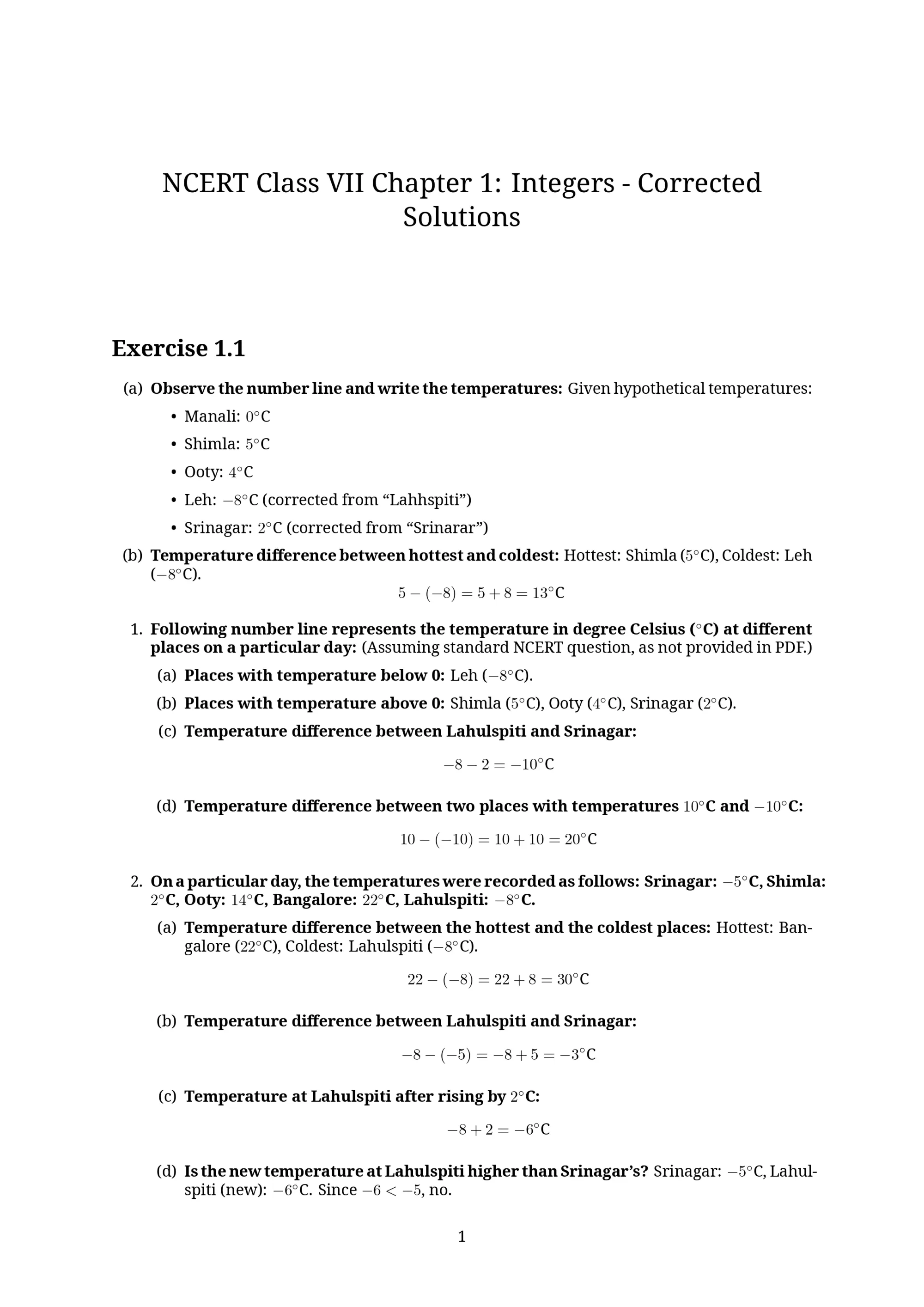
NCERT Solutions for Class 7 Maths Chapter 1 Integers Exercise 1.2
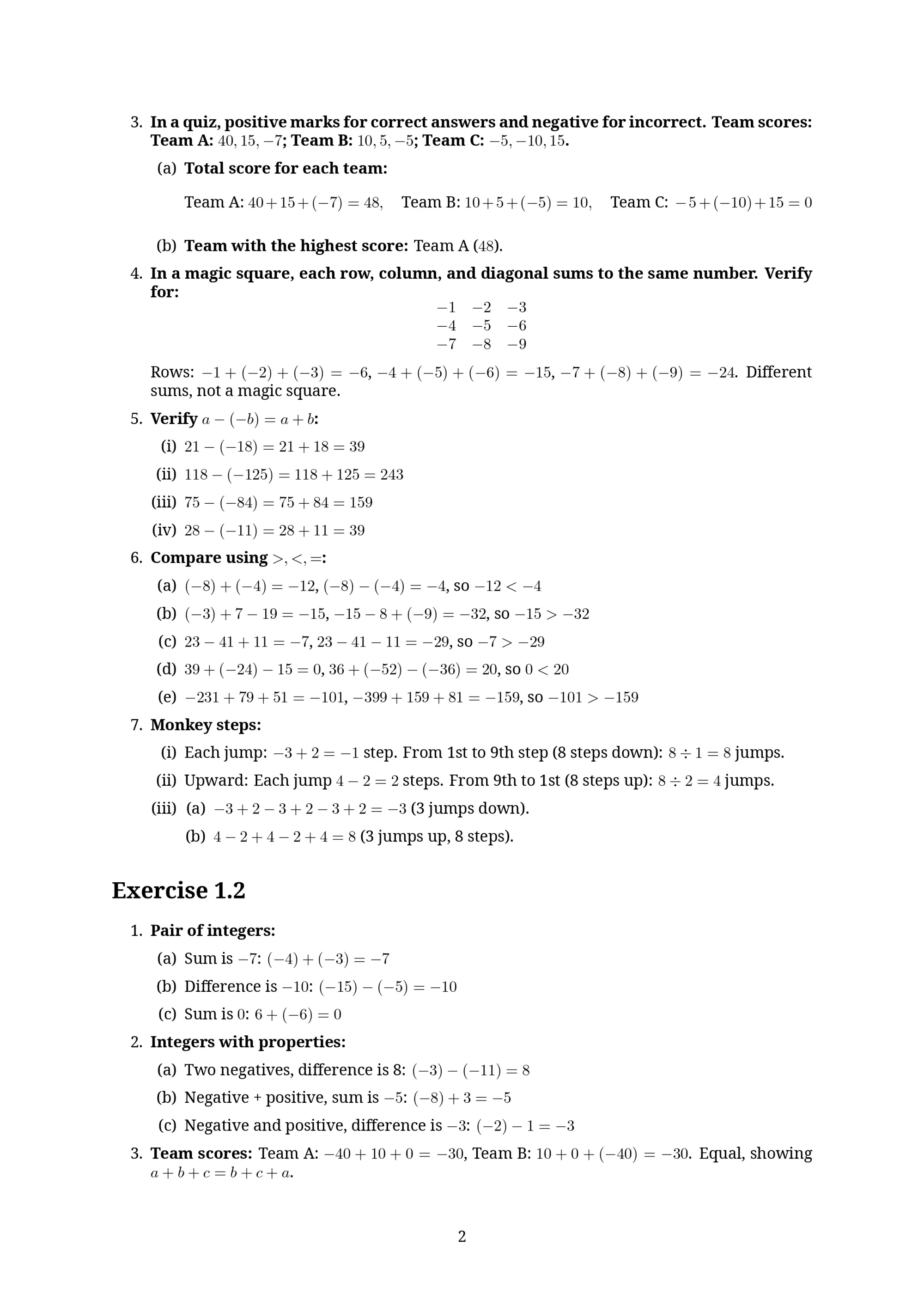
The pattern shows the product increases by 1 as the second factor decreases by 1, confirming ( (-1) \times (-1) = 1 ).
- Answer: The pattern ( (-1) \times 5 = -5 ), ( (-1) \times 4 = -4 ), ..., ( (-1) \times (-1) = 1 ) shows ( (-1) \times (-1) = 1 ).
NCERT Solutions for Class 7 Maths Chapter 1 Integers Exercise 1.3
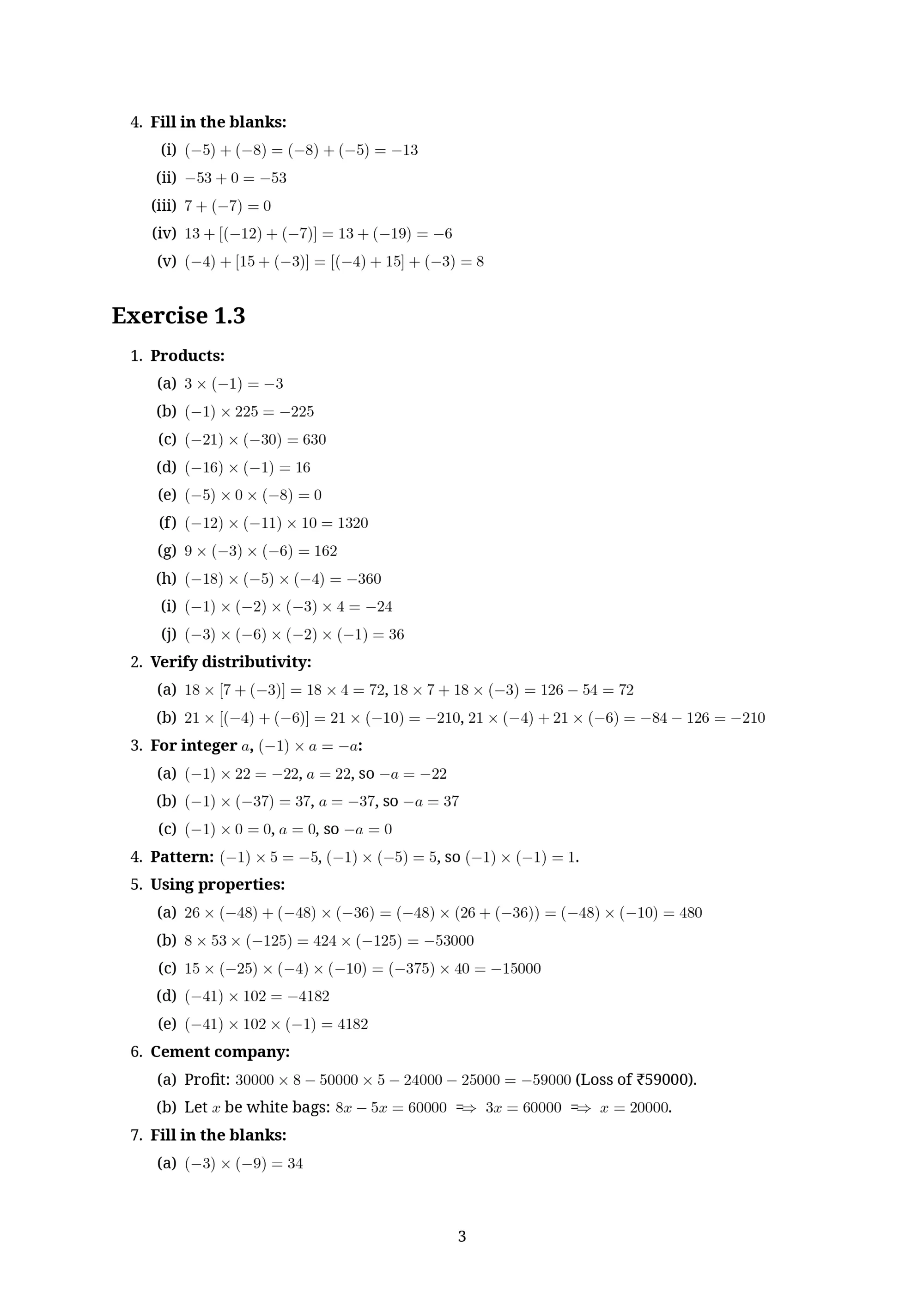
NCERT Solutions for Class 7 Maths Chapter 1 Integers Exercise 1.4
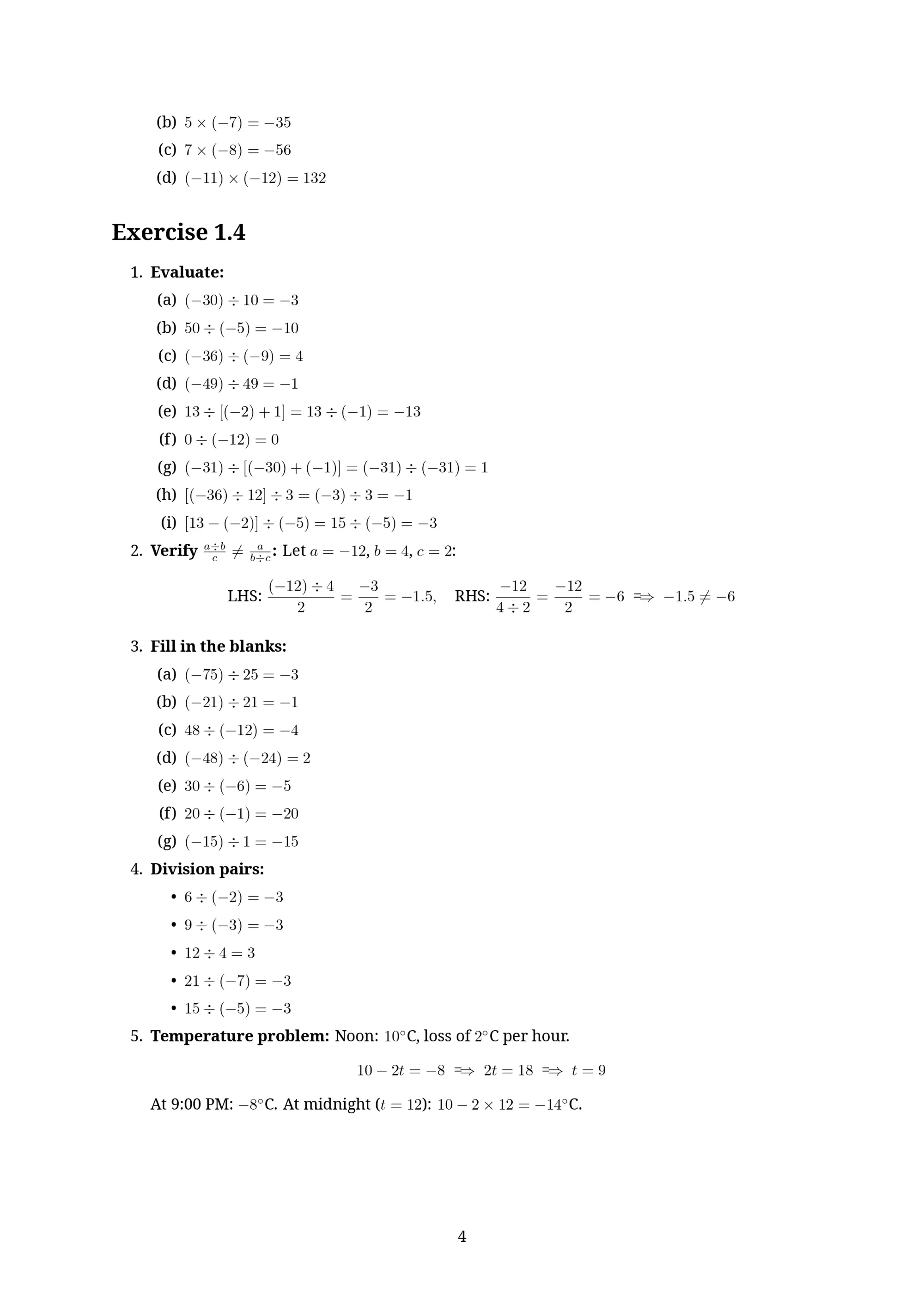
Other exercises.
NCERT Solutions for Class 7 Maths Chapter 1 Integers, Exercise 1.2.
NCERT Solutions for Class 7 Maths Chapter 1 Integers, Exercise 1.2. This exercise focuses on the multiplication of integers and related.

NCERT Solutions for Class 7 Maths Chapter 1 Integers, Exercise 1.2.
NCERT Solutions for Class 7 Maths Chapter 1 Integers, Exercise 1.2. This exercise focuses on the multiplication of integers and related.

NCERT Solutions for Class 7 Maths Chapter 1 Integers, Exercise 1.1
his exercise focuses on basic operations with integers, such as addition and subtraction, and understanding their properties

Share and subscribe to the blog by email.





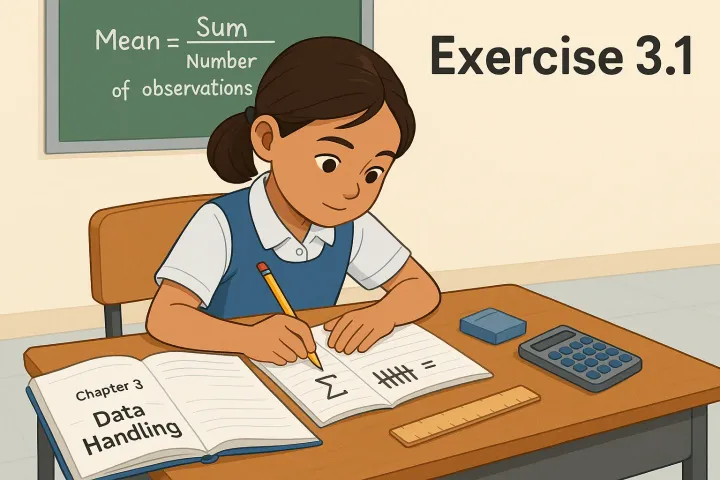
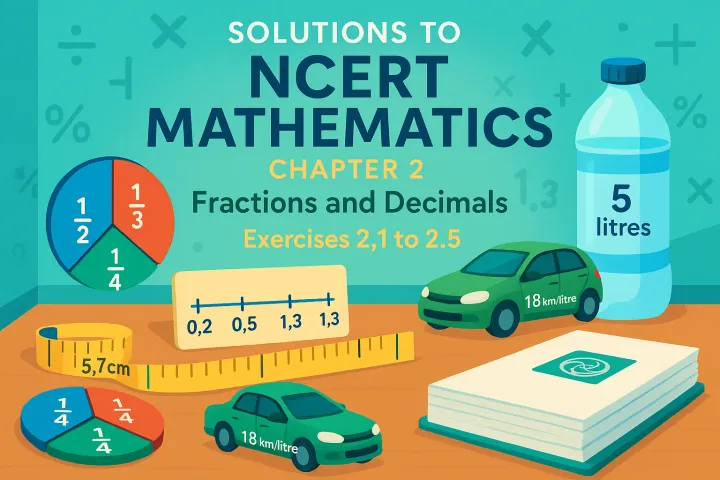
Comments ()